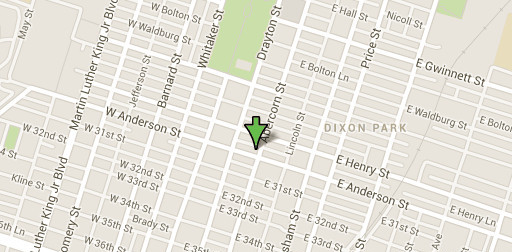Chewing is an action that normally happens without much conscious thought. You just put something in your mouth and chew. Most of the time, you won’t notice how you’re chewing or how your teeth are contacting. But there’s actually a complex system at work here that is constantly redesigning how you chew.

How Muscle Memory Works
Muscle memory is a concept that you’re probably familiar with if you’ve participated in any sports. Chances are, your coach has talked to you about how practice instills a certain pattern into your muscle memory, which then allows you to reproduce those patterns without consciously thinking about them. It’s also how you learn to drive a car without consciously thinking about just how much you have to turn the wheel or press the pedals. What works for your golf swing or steering works just as well for your bite. By constantly reinforcing the proper motions for chewing, your muscles learn just how much to move your teeth to break down your food without creating excessive wear on your teeth.
How Your jaw Muscles Learn
Your jaw muscles respond to many stimuli when determining how much to open and close. First, they know how extended they are and know how to reproduce that amount of extension. Second, they respond to the pressure your teeth put on one another. Teeth are sensitive inside because of their nerve, but they’re also sensitive on the outside because the ligaments and bones that anchor your teeth can feel the pressure as well.
Your teeth don’t contact all at once. Instead, they have several potential contacts that happen first. These are called guidance contacts, and they tell your jaws that your teeth are beginning to come together and then reinforce the proper motions to get your teeth into what is called the intercuspal position (sometimes called ICP), which is the deepest interlacing of your teeth into one another, and which should allow for maximal force to be placed on the crowns of the teeth evenly, without creating excessive force in one place or another.
When Problems Occur
There are many different ways that problems can occur. Your body tries to establish your bite in such a way that it minimizes negative consequences, but sometimes minimum consequences overall may sacrifice one or more aspects of your bite system.
In one potential problem, the biting pattern you learned may put stress on the jaw joint or muscles. Your teeth may be guiding your jaw into a position that pits these two aspects against one another, or where one or the other is suffering under excessive stress. This can lead to TMJ symptoms such as headaches.
In another problem, the habitual bite you learned may be putting excessive force on a few teeth. In attempting to minimize overall bite stress, your body is sacrificing one or more teeth, which can result in excessive wear or damage to those teeth.
We have many tools for understanding how your bite is working, including methods for tracking the movement of your jaw, and the Tekscan system, which allows us to precisely determine the distribution of forces in your mouth as you bite down.
If you are having trouble with your bite, such as uncomfortable chewing, soreness in your teeth after chewing, jaw pain, recurring headaches, or tooth damage, we can help. Please call (843) 706-2999 for an appointment with a Hilton Head neuromuscular dentist today.




